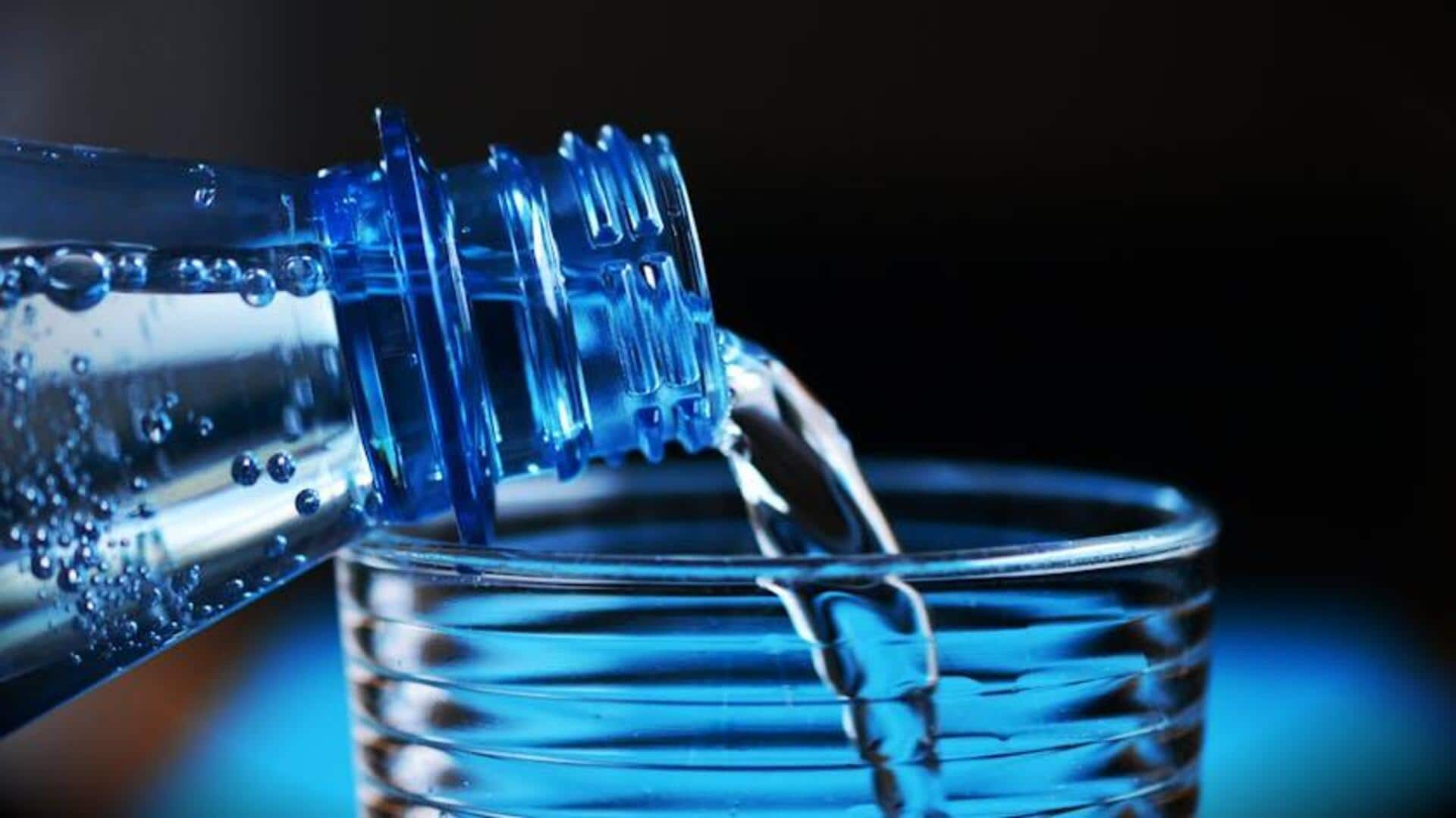
Bottled v/s tap water: Which one is better?
What's the story
The debate of whether bottled water is better than tap water has been raging for years. Many consumers are convinced that bottled water provides a purer, safer option, but is that really true? In this article, we delve into the quality of bottled water vs tap water, looking at safety standards, environmental impact, cost-effectiveness, etc. Here's how you can make an informed drinking choice.
Standards
Safety standards comparison
Both bottled and tap water are regulated for safety, but the process is different. Tap water is regulated by government agencies that impose strict standards for contaminants. Bottled water is usually regulated as a packaged food product with its own set of standards. Although both are required to be safe, the regulations differ greatly.
Environment
Environmental impact considerations
Bottled water isn't just expensive; its production and disposal have a significant impact on the environment. The process of manufacturing bottled water uses a lot of energy and generates plastic waste. On the other hand, tap water is usually more sustainable, as the treatment plants are centralized, and there's less need for packaging. Environment-conscious consumers may prefer tap water as a greener option.
Cost
Cost-effectiveness analysis
The cost difference between bottled and tap water is huge. Bottled options can be up to several hundred times costlier than tap alternatives when you consider per-liter pricing. For example, while a liter of tap can cost mere cents or paise depending on the location, bottled ones can cost anywhere between ₹10-100 or more per liter depending on brand and packaging.
Perception
Perception of purity
Many people perceive bottled options as purer than tap varieties due to marketing strategies emphasizing cleanliness and health benefits. However, studies have shown that both types often contain similar levels of purity when tested for common contaminants like bacteria or heavy metals. This suggests that consumer perceptions may not always align with reality regarding actual purity levels in both sources.